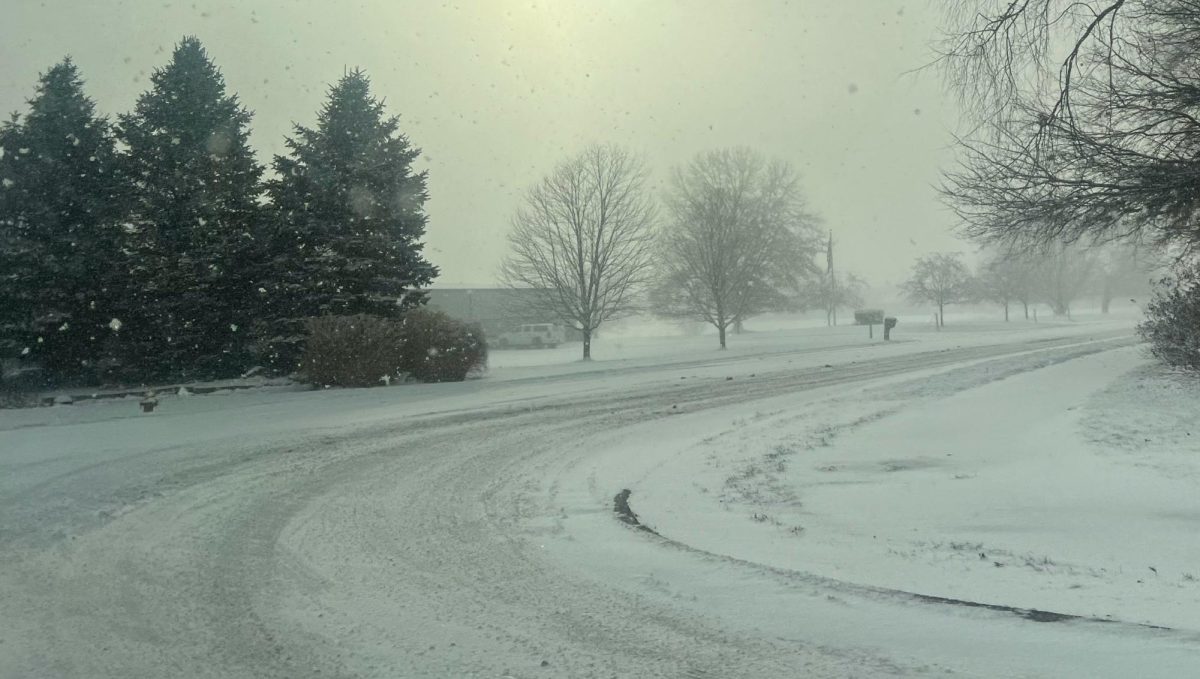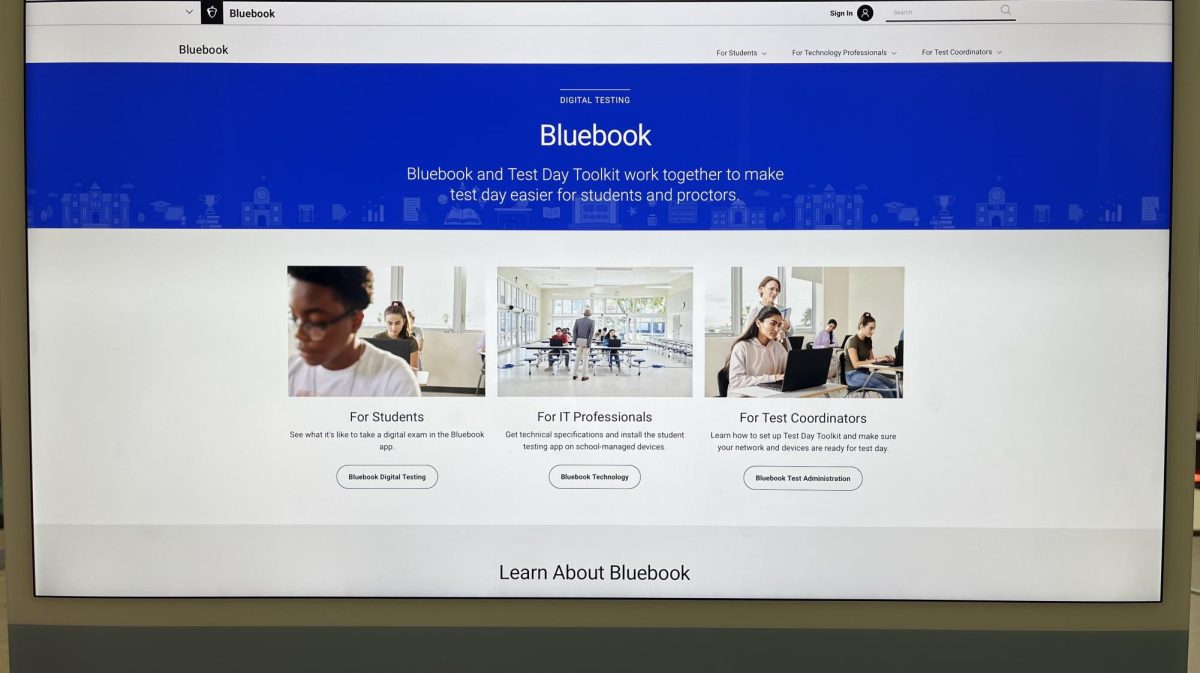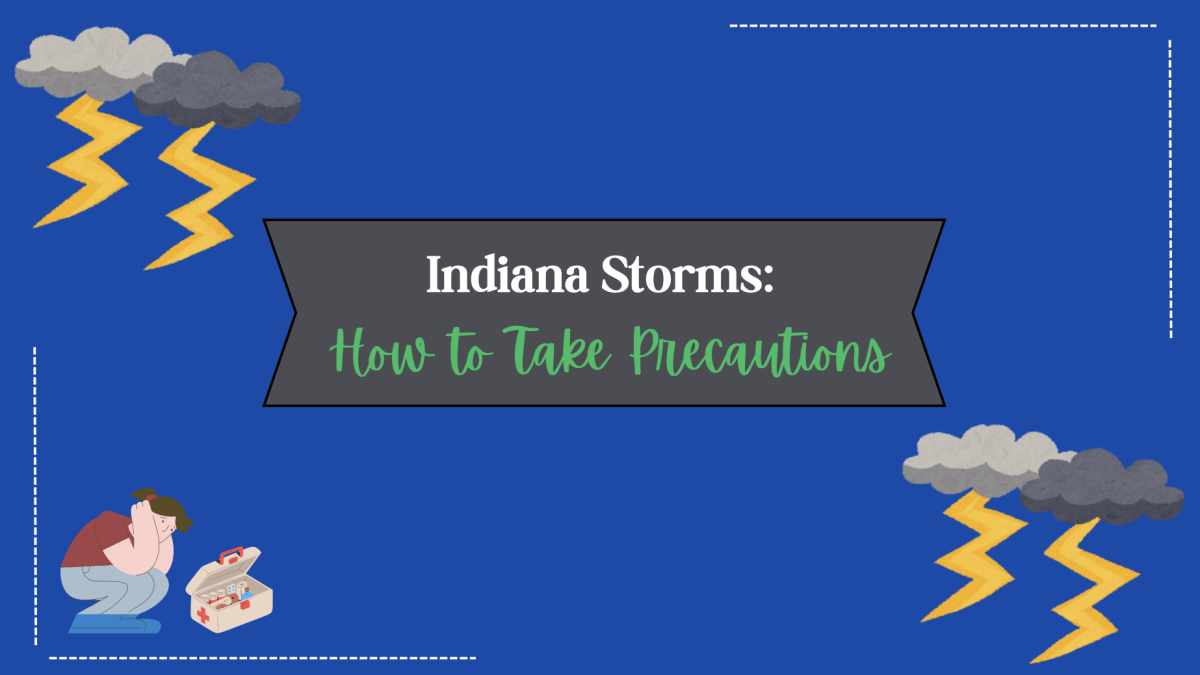On Sunday, Feb. 2, that groundhog in Pennsylvania poked his head out and saw his own shadow–meaning there will be six more weeks of winter. The weather as of lately is proof of that; however, not every day can be a snow day. Thus, many will have to drive on icy and snowy roads, something that is challenging even for the most experienced drivers. It’s important for students to be ready to face the rough road conditions of winter.
It’s also very important to prepare before driving out in the snow. A junior at Elkhart High School, Christopher Christensen states that “an ice scraper and a snow brush are essentials; the weather is so unpredictable, I never leave without the two.” According to the National Highway Traffic Safety Administration, other important items to have in one’s vehicle include “abrasive material, in case your vehicle gets stuck in the snow; jumper cables, a flashlight, and warning devices; first aid kits; blankets for protection from the cold; and a cell phone and charger, water, food, and any necessary medicine.” Taking care of one’s windshield wipers is often forgotten; however, it is very important during winter–due to the ice and snow–that they have the actual ability to wipe. It’s important to check them for any wear and tear before driving.
These winter conditions make roads slippery and unpredictable, which increases the risks of accidents tenfold. According to the National Highway Traffic Safety Administration, the No. 1 tip is to “slow down. It’s harder to control or stop your vehicle on a slick or snow-covered surface.” There may even be patches of ice that are too difficult to spot. Even if the road seems clear, snow or ice can cause tires to lose traction. Therefore, it’s good to slow down and keep a safe distance from other vehicles while driving in the winter, especially on busier roads.
It’s also important to avoid making sudden movements while driving in winter conditions. Making sudden turns, stops, or accelerations can cause vehicles to lose traction and lead to a skid. If the vehicle begins to slide, easing off the gas pedal and steering in a safe direction to go in can prevent a major accident. Never suddenly brake. Sudden braking can cause a car’s skidding to actually worsen and slide off the street.
Driving on these icy roads must always be treated with caution, but by ensuring a vehicle is ready to handle the rough roads, the risks of winter driving are greatly reduced. It’s important to remember that when weather conditions are too dangerous, the best decision may be to just wait. It’s better to be late than injured or even dead; prioritizing safety can save lives. By doing so, the chances of driving and arriving safely greatly increase–no matter how harsh the weather.




















